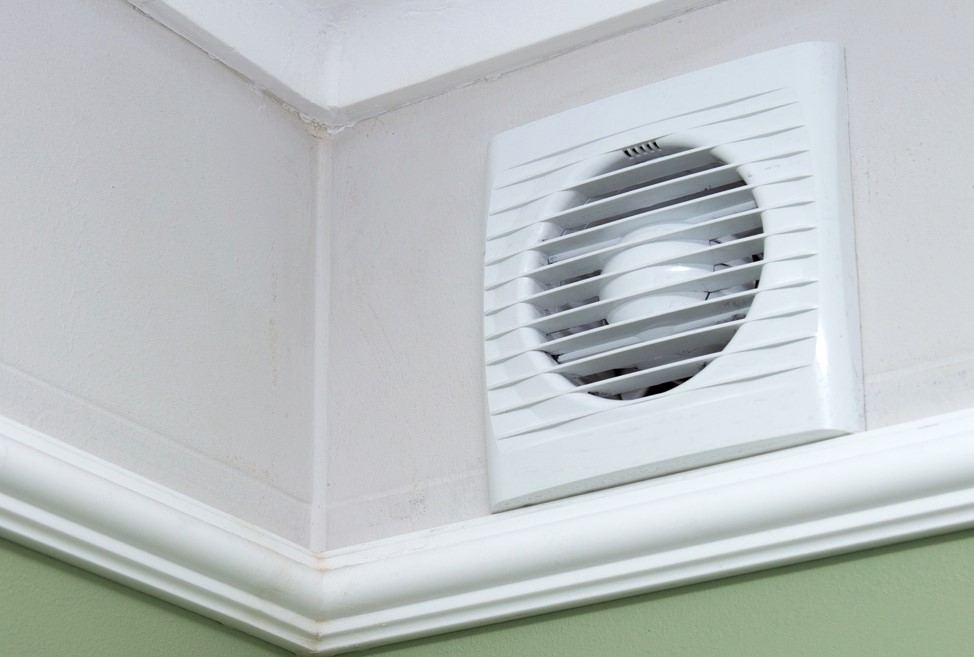Where Are Wall Exhaust Fans Commonly Used?
Ventilation is essential for maintaining healthy and comfortable indoor environments. One of the most effective and versatile solutions is the wall exhaust fan. These systems are designed to expel stale, humid, or contaminated air directly outside, helping improve air quality in both small residential rooms and large industrial facilities. But where exactly are wall exhaust fans most commonly used?
Residential Applications
In homes, wall exhaust fans play a key role in maintaining comfort and preventing moisture-related problems.
- Bathrooms – help reduce humidity after showers, preventing mould and mildew growth.
- Kitchens – remove steam, cooking fumes, and odours that can linger.
- Laundry rooms – manage heat and moisture from dryers and washing machines.
By keeping indoor air fresh and dry, these fans improve living conditions and reduce long-term maintenance issues.
Commercial Applications
Wall exhaust fans are equally valuable in commercial environments where air turnover is critical.
- Restaurants and cafes – essential for clearing smoke, steam, and strong cooking odours.
- Shops and retail outlets – keep customer spaces cooler and more comfortable.
- Office spaces – improve air circulation and reduce stuffiness in enclosed rooms.
For businesses, these systems create healthier environments for staff and visitors while enhancing comfort.
Industrial Applications
In industrial workplaces, ventilation is more than a comfort issue, it’s a safety requirement.
- Workshops and factories – remove fumes, dust, and airborne particles that could pose health risks.
- Warehousing – control heat build-up in large enclosed spaces.
- Food processing facilities – maintain hygiene standards by reducing airborne contaminants.
Wall exhaust fans in these settings support both compliance with safety regulations and smoother operations.
Agricultural Applications
The agricultural sector also relies heavily on effective ventilation.
- Poultry sheds and barns – reduce heat stress, odours, and airborne bacteria to improve animal welfare.
- Greenhouses – regulate humidity and temperature for healthier crops.
- Grain storage – prevent mold and spoilage by maintaining airflow.
By supporting productivity and animal or plant health, wall exhaust fans make a noticeable difference in farming outcomes.
Benefits of Wall Exhaust Fans Across Environments
Regardless of the setting, wall exhaust fans provide clear advantages:
- Better air quality – removing pollutants, dust, smoke, and odours.
- Reduced humidity – protecting against mould, mildew, and condensation damage.
- Improved comfort – keeping conditions pleasant for residents, workers, or customers.
- Safety and compliance – essential for industries with strict air quality standards.
Choosing the right wall exhaust fan ensures these benefits are maximised, whether for a small bathroom or a large-scale warehouse.
Choosing the Right Wall Exhaust Fan for Your Space
When selecting a wall exhaust fan, it’s important to consider:
- Size of the space – larger areas need higher-capacity fans.
- Airflow requirements – measured in cubic metres per hour (m³/h).
- Noise levels – particularly important in residential or office settings.
- Energy efficiency – reduces running costs over time.
For commercial and industrial applications, consulting a ventilation specialist ensures the chosen fan is fit for purpose.
Key Takeaways
Wall exhaust fans are versatile solutions used across homes, businesses, factories, and farms. From improving comfort in bathrooms and offices to meeting strict safety standards in industrial and agricultural facilities, their applications are broad and impactful. Investing in the right system helps create safer, healthier, and more efficient spaces for everyone.






